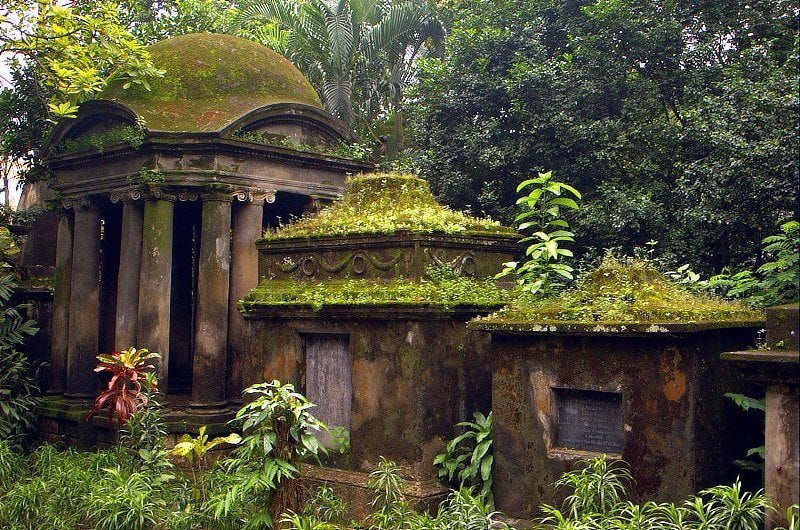Grave Memory: What Colonial Cemeteries tell us about British India's Forgotten Immigrants
Words by Azania Imtiaz Khatri-Patel
Welcome to the Brown History Newsletter. If you’re enjoying this labour of love, please do consider becoming a paid subscriber. Your contribution would help pay the writers and illustrators and support this weekly publication. If you like to submit a writing piece, please send me a pitch by email at brownhistory1947@gmail.com. Check out our Shop and our Podcast. You can also follow us on Instagram and Twitter.
Grave Memory: What Colonial Cemeteries tell us about British India's Forgotten Immigrants by Azania Imtiaz Khatri-Patel
A couple of years ago I took a theatre class at my undergraduate university. At some point we did an exercise involving haikus - I forget what the exercise was, but the words on the notes I pulled remain etched in my memory.
“That Winter when my Faithless Lover Left me,
How cold the snow seemed!”
(Jakushi)
Haikus are poems made of 17 syllables - following a rigid pattern and come from Japan. When I read these lines in translation, in a humid Bombay classroom, I did not know if there was anything in common between the land of the rising sun and my coastal concrete jungle other than the universal chill of heartbreak. However, I would soon discover that Mumbai or Bombay as it was then known had once been home to a thriving Japanese community. As a port- it had attracted businessmen and traders- adding to the city’s already cosmopolitan tapestry in colonial times. This trade came to an abrupt halt with the second world war- and redrawn geopolitical alliances. The nascent Japanese community left the port city from the same shores they had entered it.
All that remains from this chapter in colonial Bombay’s history is a largely forgotten cemetery.
In a desolate corner, behind the Hindu crematorium on Dr. Moses E. Road, lies Mumbai’s only Japanese cemetery. Built in 1907 and with its last burial in 1977- the cemetery is a place of grief and loneliness. It is a place of heartbreak and rumoured hauntings as it sees few living visitors. There is an additional nuance to this lost community – most shrines in the cemetery, it is believed are shrines to sex workers.





